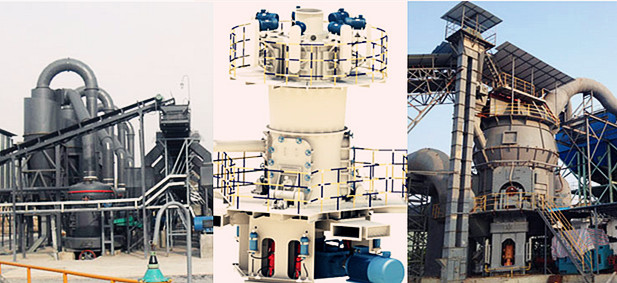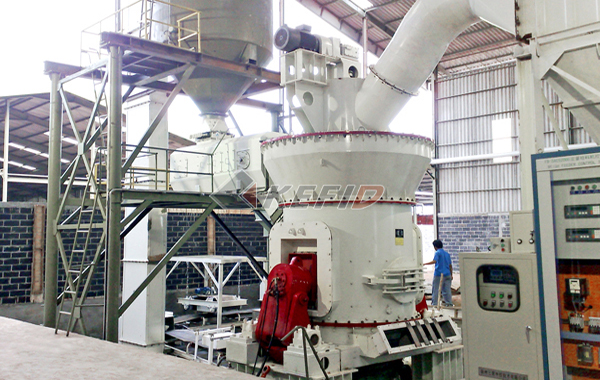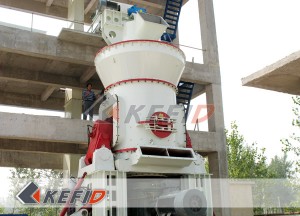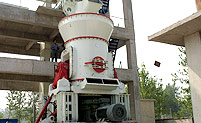Lum Ultra Fine Vertical Mill
LUM-Series Ultra fine vertical grinding mill is professional suitable for a variety of non-metallic mineral grinding and classification, the large-scale project plant desulfurization limestone powder grinding, deep processing of slag powder and preparation of pulverized coal injection, etc. large-scale projects. It can one-time to meet customer requirements for fineness and yield.
- Capacity: 5-18 ton per hour
- Out put size fineness: 400-650 mesh
- Ultra-fine powder through sieve rate: over 90%
- Application Case: grinding ceramic case, grinding slag superfine, grinding fine cement, grinding gypsum superfine, etc.
You can get a free online chat if want to get catalog, technical data and price, 24 hours online.





